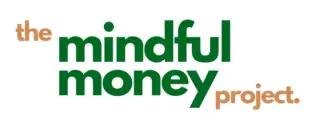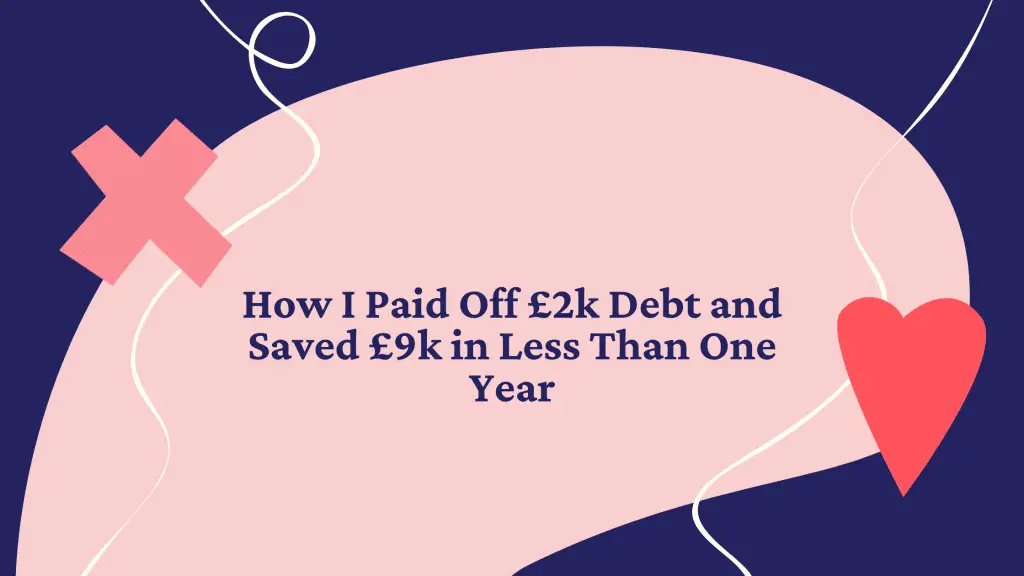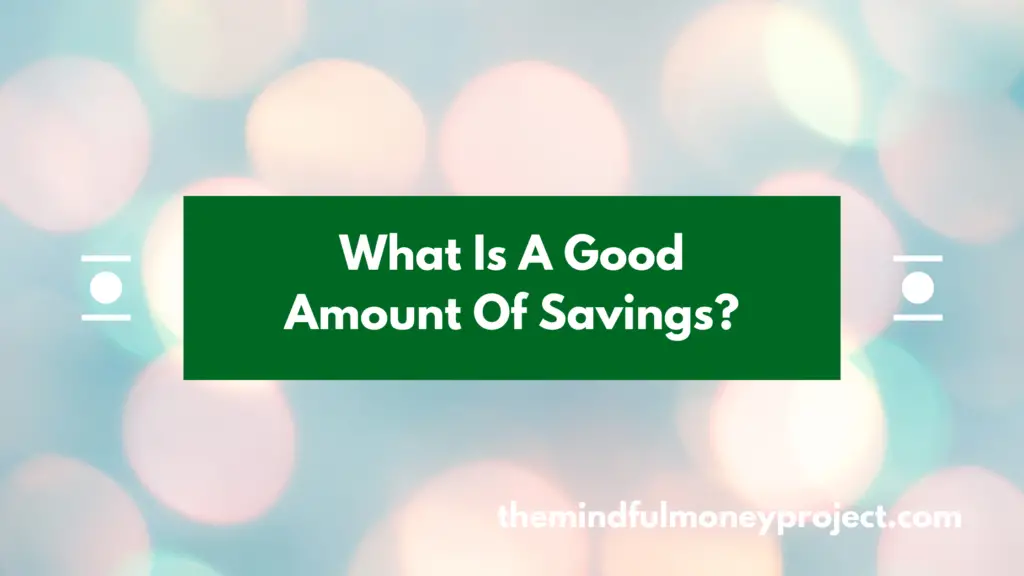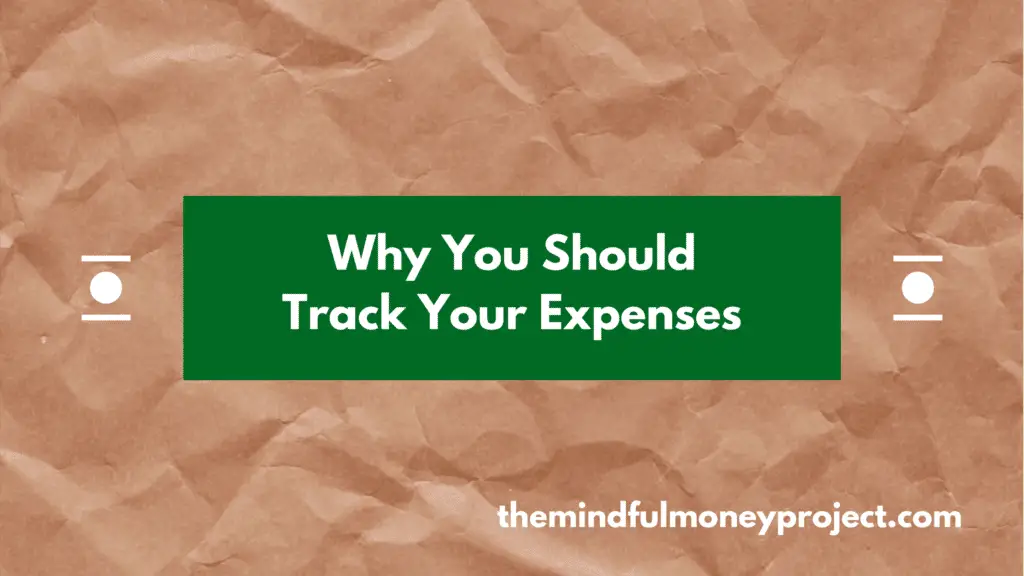Everyone loves a good story, and even though this is a far cry from the dizzying heights of some people’s success stories, I am pretty proud of the last 12 months and am continuing to accelerate my savings so the next 12 months should look even punchier. I’m hoping this story will help inspire some of you lovely folk, on how I paid off £2k debt and managed to save an additional £9k in less than one year.
In October 2019, I had £2,600 saved in a Lifetime ISA which I had been able to make some progress on in the prior 6 months.
Prior to this, I had moved from London to the South-West of England and had been hit with all the accompanying costs of moving, not least having to buy a car!
My credit card balance topped £2k in January 2020, with the pressures of overindulgence around Christmas finally coming to a head.
Fast forward to today, just going into September 2020, and I’m now sitting on a £0 credit card balance and have saved an additional £9k – all in the space of less than 12 months.
2021 update: I have since posted an update explaining how I saved more than £20k in a 12 month period.
How did I do it?
I kept my personal profit as high as I could.
Remember, Personal Profit = Income – Expenses.
I had a bit of a two-pronged attack on boosting my personal profit in this time frame, not only boosting my income by >20%, but also seeing a reduction in my expenses as a result of the lockdowns due to COVID-19 reducing my need to commute or to indeed consume anything. At the beginning of the pandemic in around March 2020 I also followed my COST method to drastically make some quick (but substantial) savings.
See related: easy and painless ways to save money
Earning more
This was arguably the most important piece of the puzzle, with an additional 20% earning on top of my day job income by taking up a freelance role helping a small start-up with their management reporting.
This was able to be funneled straight into paying off my credit card and then into savings accounts.
Additionally, I have been saving the maximum amount into my Lifetime ISA, which has a limit of £4,000 per tax year, which the government tops up by an additional 25%.
Spending less
This was a bit of a strange one, as the lockdowns that have been affecting everyone far and wide meant that I had much less opportunity to spend. This was a big factor in spending less and can’t be underestimated.
This is hopefully just a one-time thing, as I’m sure you all agree we don’t want to see a return to mass lockdowns if we can avoid it, so I can’t count on this continued suppressed spending now that my commuting and eating costs will start to increase with being back in the office.
However, I kept my expenses in line with my budget using the old reliable method of piggybanking in order to stick to my budget. I also stepped up my usage of Emma, the budgeting app, to keep visibility on my spending.
See related: Yolt vs Money Dashboard vs Emma
I did make some additional cuts that put me into an even better shape during the last 6-9 months – trimming the ol’ fat that had slowly crept in over the years.
I was brutal with cutting some costs I didn’t need, such as phone bills and subscriptions, which must have saved me around the £50-80 per month mark.
As I had some no claims discounts behind me, I also was able to slash my car insurance by a massive amount – saving an additional £250 per year.
Due to the lockdowns, my gym subscription was put on hold which saved me a £40 per month for 4 months too. This is one of those subscriptions I can’t quite bring myself to cancel, but truth be told since it has reopened I haven’t been once, so I may need to start taking a long hard look at myself on this one.
See related: how to save money fast
What this meant for my savings rate
Having the two-pronged attack of boosting income and reducing expenses meant my savings rate rocketed from around 20% to 40-50%, which massively helped.
I’m hoping to continue with a rate of around 40%, even now that “normal” life has started to resume, by keeping my discretionary spending a bit lower than it would normally be.
What would I do differently?
The main weakness with boosting your income via paid-work such as freelancing is that it requires your constant investment of time in order to continue earning. This has become a tough balance to maintain whilst working an increasingly demanding day job, and one which may not be sustainable in the longer term.
I need to diversify my additional sources of income, into more passive forms. I’ll cover these in a separate article along with my progress on each.
I have also continued to invest time and money into a SaaS app I have been building and promoting for the last couple of years in the hope that I will finally see it become self-sustaining. This hasn’t yet happened and so some of my money that was destined for the savings/investments pot were sunk into this project that didn’t provide any returns (yet).
On the expenses side, I need to keep an eye on the creeping cost of subscriptions and make sure I keep them in check, but all of my recurring expenses are in a good position now with almost all of them optimised.
I need to keep an eye on my discretionary spending, as that is probably the biggest lever I have to keep my expenditure under control at the moment.
I’m currently saving for a house deposit, so check back in as I’ll be sure to give more regular updates!
See related: the 7 biggest personal finance mistakes young professionals make
How have the recent lockdowns impacted you and your finances? Leave a comment below and would love to discuss.
What Is A Good Amount Of Savings UK?
Generally in life, more tends to be better. But is that true for savings? Whilst…
“Why Should I Track My Expenses?” – We’ve got 7 reasons why!
Tracking your expenses isn’t all about firing up a spreadsheet and restricting your spending. Having…
How To Cancel Graze Subscription UK
Bored of your Graze boxes or want to try a competitor’s version? We get you….
How To Cancel Hellofresh Subscription UK
Bored of the meal kits or want to try a competitor? We get you. We’ve…
How To Cancel Les Mills On Demand UK
Bored of your subscription or wanting to move to another provider? We get you. We’ve…
How To Cancel Laithwaites Wine Plan UK
Bored of the service or wanting to move to a different wine subscription club? We…









Pingback: How To Calculate Your Savings Rate - Savings Rate 101
Pingback: What are the benefits of budgeting? | The Mindful Money Project